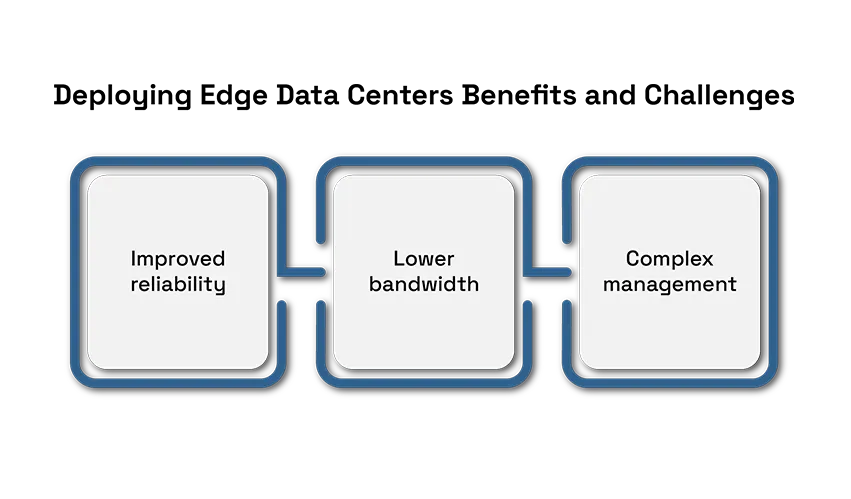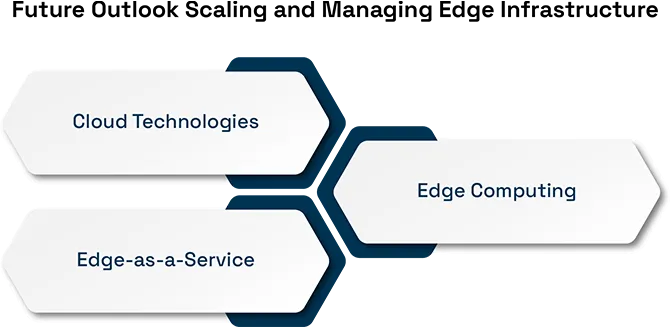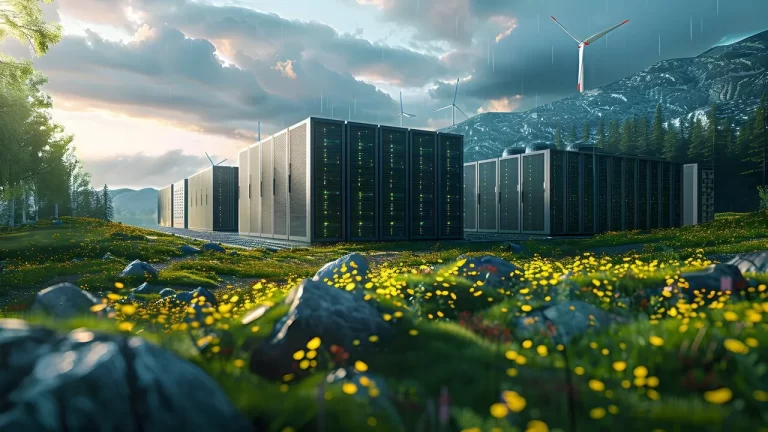Understanding Edge Data Centers and Their Growing Importance
They are small centers placed extremely close to where the technology users or data are found. Unlike centralized data centers, store data center processes and local data are not necessarily put in a location that matches the customers’ needs. Having storage on the same system helps to reduce time and allows data to be handled faster. Systems that must react extremely fast, like autonomous vehicles, telemedicine and smart cities, are greatly improved by this model.
Increasing use of Internet of Things (IOT) devices and data-intensive apps is being used. there is a growing requirement for better and more dependable computing systems. It addresses this need by bringing data sources closer to data processors. This means users get fast response, low network crowding and major applications are problem-free.
Key Benefits of Deploying Edge Data Centers
Minimizing latency is one of the key reasons companies use edge data centers. Data processing is faster because it doesn’t have to travel to a central location and back. This translates into live experiences for end users, which is important for modern apps in gaming, healthcare, and industrial automation. Also, localized processing improves system reliability by allowing services to continue functioning even if central systems disconnect.
By using edge data centers, bandwidth use lowers because less information needs to be delivered from the main server. Another great point is that sensitive information is frequently handled close to where it is collected which is safer than letting it travel over the internet. In addition, by supporting real-time applications such as AR/VR and smart manufacturing, edge computing empowers businesses to innovate rapidly and respond to users more effectively.

Major Challenges in Edge Data Center Deployment
Despite their many benefits, the edge data centers present suitable deployment challenges. Infrastructure is a significant concern, especially in rural or remote areas where energy supply, cooling, and connectivity may be limited. Setting up safe, reliable edge facilities in such environments often requires major investments. Moreover, since edge deployments involve multiple small sites, managing these distributed environments adds layers of complexity.
Scalability is another major issue. Unlike centralized data centers, where expansion is more straightforward, growing an edge network involves replicating infrastructure across many locations. Each of these sites must be properly secured, monitored, and maintained, increasing operational overhead. Cybersecurity also becomes more complicated, as more endpoints mean more potential vulnerabilities. Additionally, organizations may struggle to find skilled professionals who can manage the unique requirements of edge environments.
Use Cases and Industry Applications
Edge data centers are being widely adopted in industries to increase speed, efficiency, and localized processing. In healthcare, they rapidly enable diagnostics and support distance patient monitoring by processing data close to the patient. This capacity is particularly valuable in areas with emergency scenarios or strong hospital infrastructure. Similarly, in Retail, edge computing Power Smart checkout System, Personal Marketing, and live Inventory Tracking, leading to better customer experiences and better operational efficiency.
Construction is also very beneficial from edge technology. Live monitoring and analytics tools help to predict failures, improve productivity and reduce downtime. The construction of a 5G network in the telecom industry depends on edge data centers because they help to minimize delays and ensure fast connectivity. The transport industry counts on edge services to help autonomous vehicles and smart traffic management systems, improving road safety and efficiency.
Future Outlook: Scaling and Managing Edge Infrastructure
The future of edge computing will be shaped by automation, artificial intelligence, and progress in cloud-based technologies. AI-driven devices are being deployed to automate network management, detect discrepancies, and optimize workloads in the edge environment. This minimizes the requirement for manual overs and helps organizations manage their infrastructure more effectively. In addition, Edge-as-a-Service (EaaS) is emerging as a model where businesses can subscribe to edge capabilities without the burden of ownership.
Cloud-based technologies such as Kubernetes and containerization are simplifying how applications are deployed and managed in a diverse edge environment. These devices enable smooth scaling, faster deployment, and easy maintenance of the edge system. Also, strict integration of hybrid solutions between the edge data center and hyperscale cloud providers gives accountability of the edge with the scalability of the cloud. This trend makes it clear that edge computing will help companies achieve an edge in business through technology.

Conclusion
Edge data centers are changing how data is managed and used by many industries. Delivering services that have little delay and are very dependable at the place where data is created is important for current digital apps. In healthcare, retail, manufacturing, and telecom, edge computing is promoting advancement and improving things for users.
Edge data centers has challenges with installing and controlling, such as expenses and safety risks. However, these drawbacks are not important when looking at long periods. With technology growing and the ecosystem maturing, organizations that integrate edge computing will benefit more from data center automation software, cloud colocation and data storage than those that do not.








